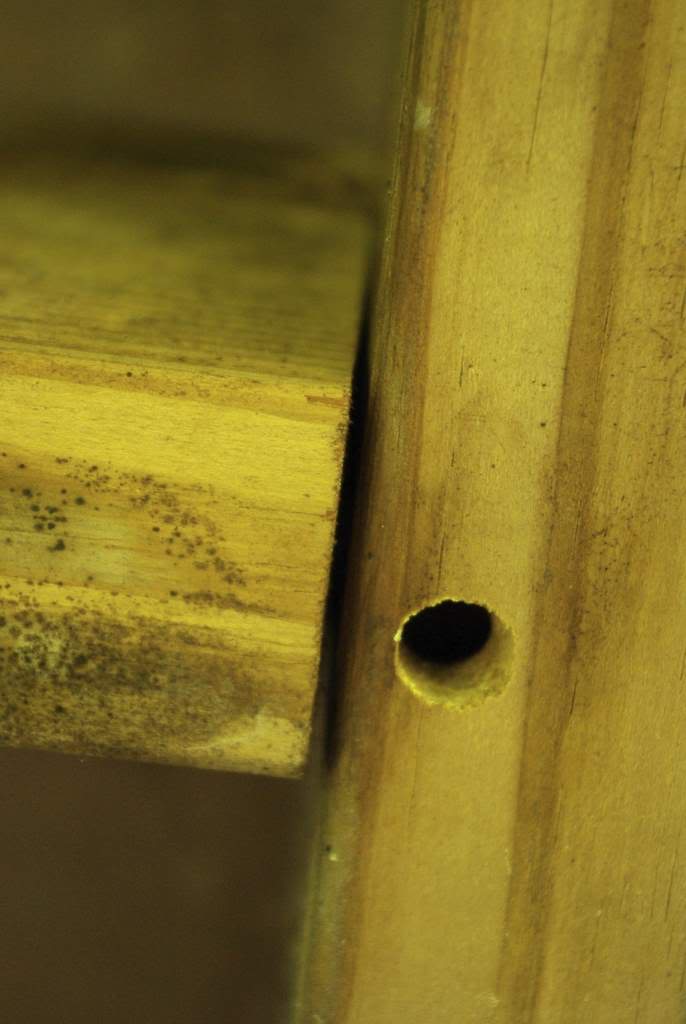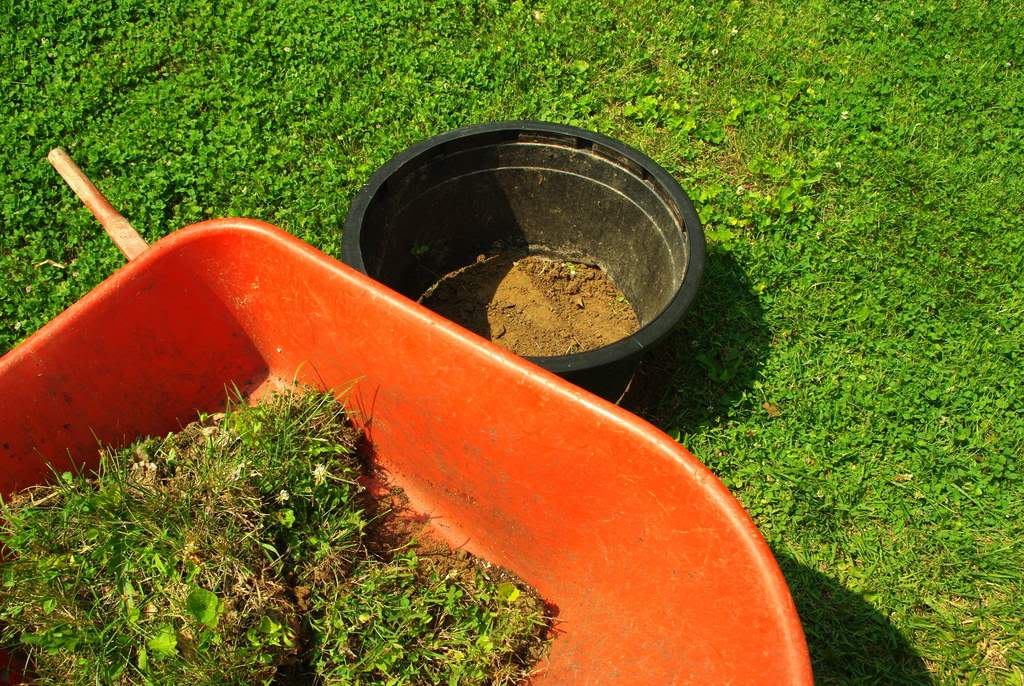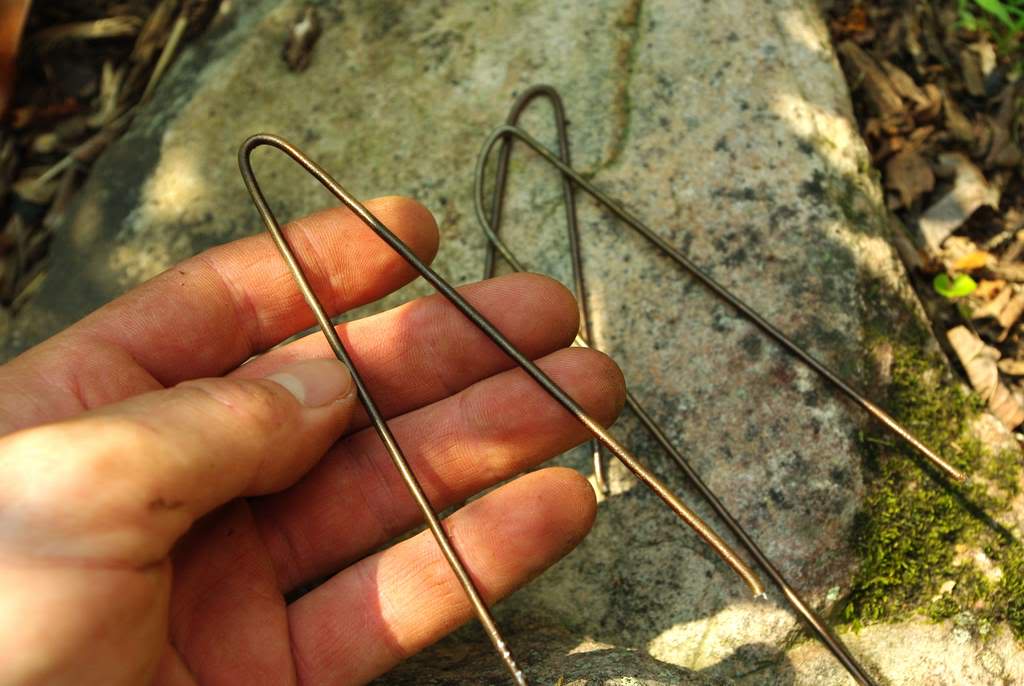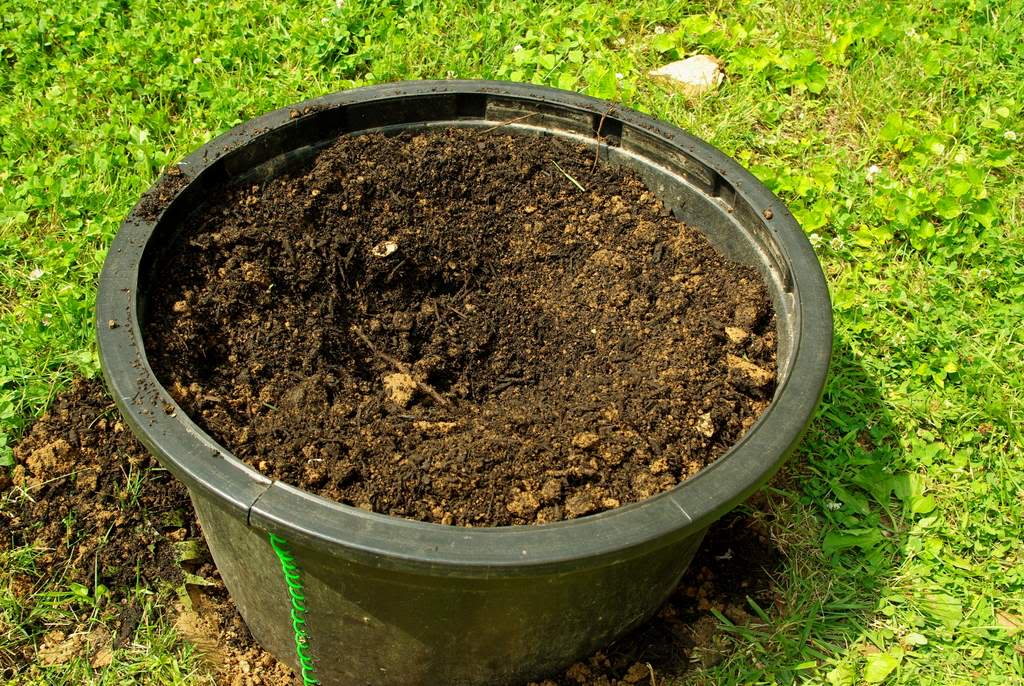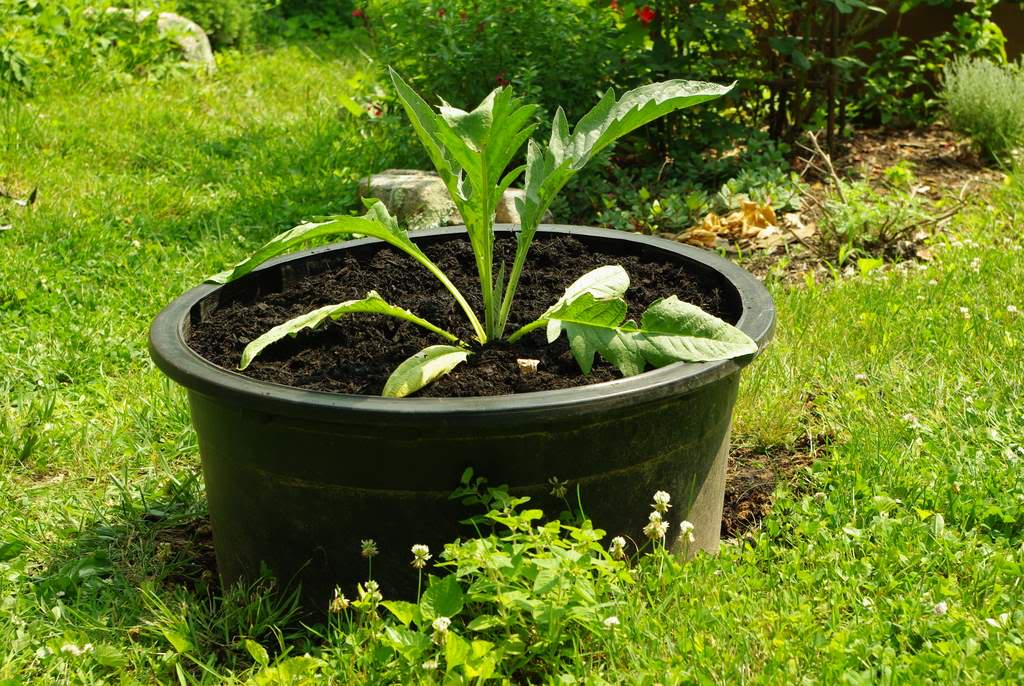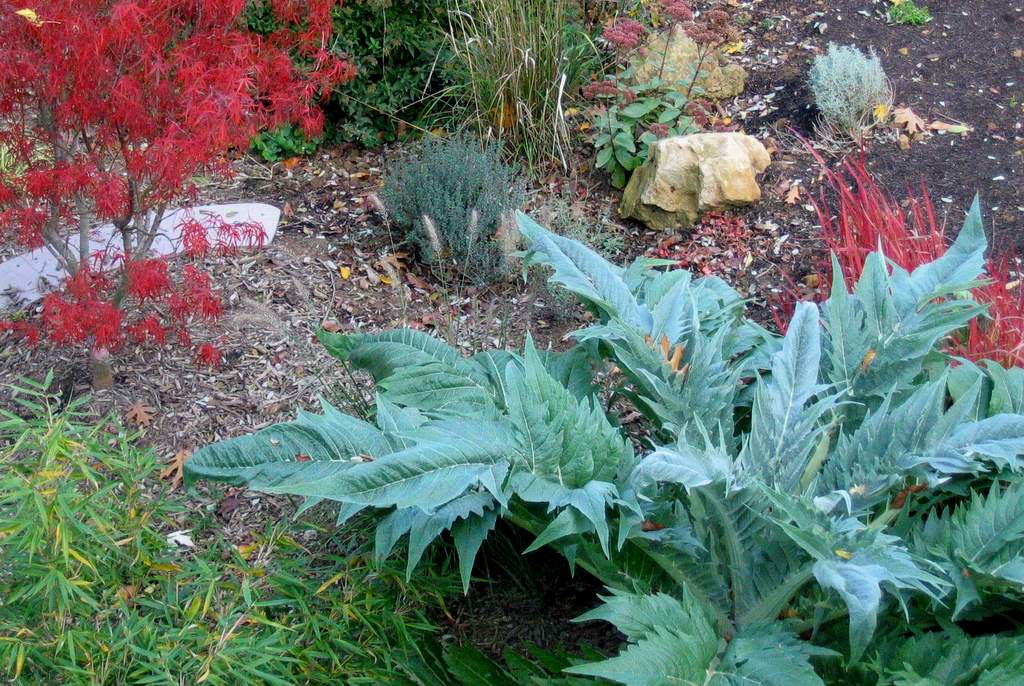Let's try a bottomless pot!
On the south side of my house is a strip of ground that needs some more plants. The trouble is, this area is tough. Heavy clay, packed hard from years of water running down the slope when the torrential rains come. Dry too, from the baking heat of the sun against the wall of the house.
Extra dry from the extensive moisture-sucking root system of the nearby maple tree. Also quite devoid of nutrients due to the same tree's roots. This is where I want to plant?
I've planted here before, with mixed results. Basically I have two choices. The first is to dig up quite a bit of heavy soil, then add an extraordinary amount of compost to the diggings, loosening up the soil so plants have some chance of making it. Then fertilize several times this summer.
The other option is to put in a raised bed. Both options are not ideal, as they require a lot of work. Instead I chose to do something a little different: plant in a bottomless pot.
Back before I learned how to make minimal cuts on large nursery pots so they can be repaired, I went crazy with the knife and cut the entire bottom off of a few pots:
I'm going to use this and create a bottomless pot to plant in -- a simple sort of raised bed. First step is to sew up the pot, which I did sitting in the shade under the deck. While sitting here I heard a buzzing above me and saw this:
That's the hole made by a carpenter bee, which is a big black and yellow bee that looks like a bumble bee. I waited for several minutes with the camera for it to come out of the hole, but I got tired and gave up.
Because this cut pot had been in the back of the yard near the woodpile for a couple of years, I should have checked it better for surprises, but after a few minutes I saw this:
A brief scare but no harm done, and I moved this guy to a new location. Spiders are one of the most beneficial "insects" to have in the garden, as they catch many, many non-desirable insects. You won't find me killing spiders in my garden without reason.
Pot sewed up, I positioned it and removed the turf from the area:
Here's a tip: you'll be tempted to flip the turf pieces upside down (grass side down) in the wheelbarrow. If you're planning on putting these on the compost pile, you'll want them grassy side down in the pile, so put them grassy side up in the wheelbarrow. They'll flip over when you dump them.
Then I loosened the soil:
And turned in a lot of compost:
The idea is to have some extra growing space below the pot for the plant roots, so I want that soil to be nice and loose just like the soil in the pot will be.
Next thing is to place the pot and anchor it to the ground. I used big "staples" that I created from an old coat hanger:
I just pushed them through the plastic into the ground. The weight of the soil (and eventually the plant roots) will keep this in place, but the staples will help early on. There was a large maple root here (of course), so I had to cut a notch to make the pot sit level:
Now all that's left is to fill the pot. I used a mixture of native soil from the hole, bagged topsoil, and compost. I'm treating this more like a raised bed than a pot, so I didn't use my peat/compost/perlite mixture.
Here it is all filled and planted:
I wonder why I couldn't get it centered in the pot?
That's a cardoon, which will hopefully reach a pretty impressive size over here, something like this:
That's a photo from 2006, when I first grew it. Cardoon is a perennial (or is it biennial?) but it overwintered only once for me. It's such a big, bold plant, and its spikey leaves always impress visitors to the garden.
In this spot it will be highly visible from the street, so I hope it does well and is not eaten by the deer.
(This is the first time I've tried planting in a pot with no bottom, so I'm eager to see how it works out.)


